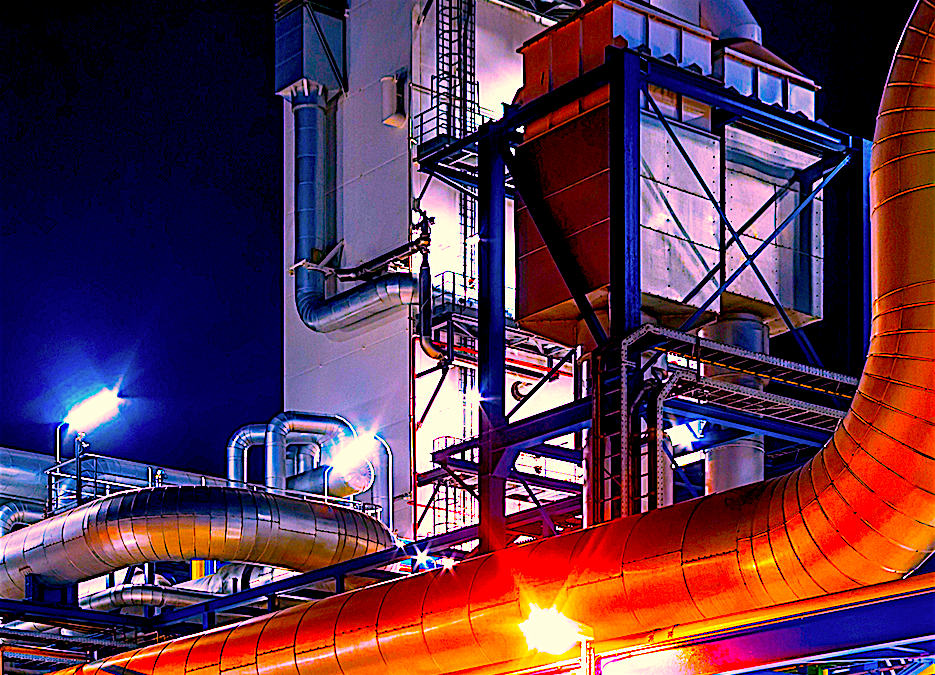From John Lane, Senior Consultant
T.A. Cook (tacook.com)
It’s not uncommon for plant turnarounds to go over budget in terms of costs and scheduling. T.A. Cook’s John Lane offers some practical insight on how to make these events proceed smoothly, efficiently, and without overruns.
Turnarounds often exceed their budgeted costs and schedules. A primary reason is overly optimistic timelines for preparing and completing capital-project work during the turnaround-execution window. Late capital-project-budget approvals, delayed issuance of construction drawings, and missed or compressed fabrication schedules can all lead to capital-project equipment arriving just before execution, during the turnaround-execution window, or even after startup. Here are some tips that can help your organization avoid such problems.
♦ CAPITAL-PROJECT-APPROVAL TIMELINES
Capital projects can account for a significant amount of cost and schedule duration in the turnaround. The projected time to obtain corporate approval, the level of effort required to prepare for stage gates, and engineering and fabricating the equipment must be incorporated into the capital project timeline process. Working backward from required equipment arrival time on-site, develop a timeline for each capital project that aligns with the requirements of the turnaround preparation milestones. Include in the timeline a safety allowance for engineering that takes longer than planned, internal project and drawing reviews, and fabrication delays or errors.
♦ CAPITAL-PROJECT-TEAM INTEGRATION
The traditional approach to turnarounds is to have one contractor execute the turnaround work and a different contractor execute the capital-project work. This usually entails separate schedules, which can lead to teams not coordinating their work effectively. In addition, the work packages are frequently prepared differently for the turnaround and capital projects, one measured in labor hours and the other measured in days. Lastly, the capital-project group and the turnaround team operate in silos and are located separate from each other. Each of these circumstances can contribute to significant turnaround cost and schedule overruns. Best practice is to have capital projects and turnaround work managed as a single event by the turnaround manager, with turnaround and capital project planners and schedulers collocated and a single lead overseeing each group to coordinate work.
♦ PROJECT-CONTROLS MEASURES
Projects that have exceeded budget and/or cost typically have a lack of adequate internal project controls. Projects require a management process that incorporates regular updates to the steering team and actual measured project progress relative to budgets and updated timelines. Project timelines should be recent and representative of the amount of project work completed rather than funds committed or funds spent to date. Issued for construction (IFC) drawings Delays in issuing IFC drawings can have multiple sources: the engineering firm not meeting its timeline; changes to project scope; the site being slow to approve drawings resulting in missing the reserved fabrication-facility space and/or compressing fabrication into a shortened timeframe through overtime, etc. (all of which can lead to project-cost increases). This typically results in the capital-project equipment arriving just before the turnaround commences, during turnaround execution or—the worst case—not until after startup. Lastly, late arrival of equipment reduces the time to address any newly found fabrication errors prior to installation and may delay unit or site startup.
♦ EQUIPMENT-FABRICATION ISSUES
Many sites rely on the equipment fabricator to correctly fabricate equipment per the issued construction drawings, only to discover fabrication errors when installing the equipment. To prevent potentially costly rework delays on-site, have qualified site personnel and/or a vetted qualified contract company conduct scheduled field verifications to ensure correct materials are used, dimensions are per the drawings and the fabrication schedule is being maintained. Final inspections should be carried out upon arrival on-site to confirm the equipment was not damaged in transit before a final verification to ensure equipment fit.TRR
FOR MORE INFORMATION, VISIT
tacook.com/en/expertise/reliability-management/
OR CLICK HERE



